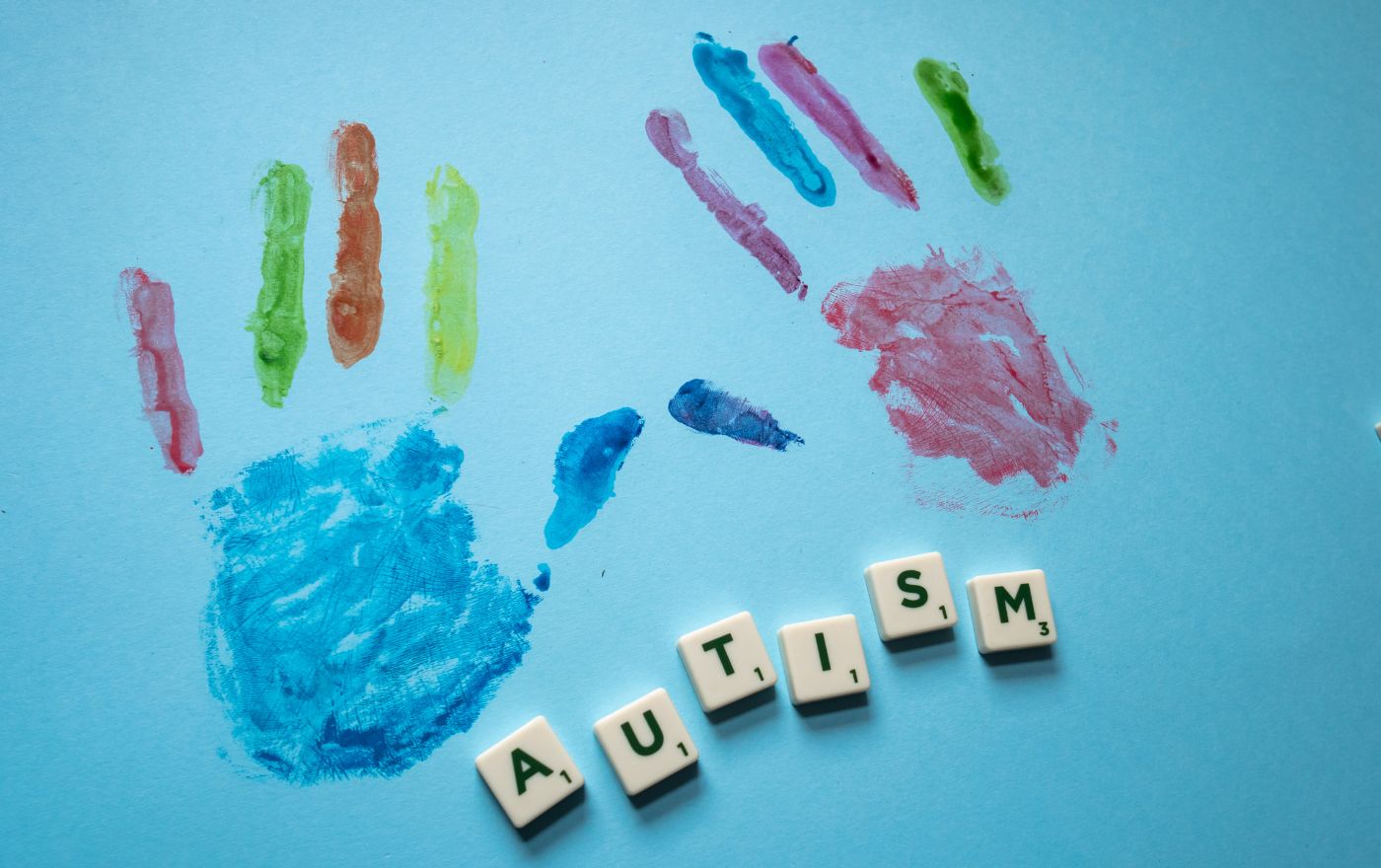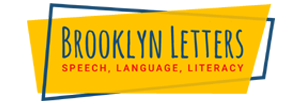DIVING DEEP INTO AUTISM:
Understanding the Three Levels of Autism

Autism spectrum disorder (ASD) is a complex and multifaceted topic that can sometimes feel overwhelming, mainly due to its broad spectrum. Essentially, the condition is divided into three levels that help categorize the varying degrees of autism’s impact on an individual’s life – from ‘requiring support,’ ‘requiring substantial support’ to ‘requiring very substantial support.’
This blog post aims to delve into this intricate classification and provide a clearer understanding of the three levels of autism, breaking down each level for a better grasp and aiding the proactive nurturing of those living with the condition.
Levels of Autism: Everything You Need to Know
The Autism Diagnostic Observation Schedule (ADOS) is used to diagnose autism in individuals, and the Diagnostic and Statistical Manual of Mental Disorders, Fifth Edition (DSM-5) classifies autism into three levels: Level 1 (Requiring Support), Level 2 (Requiring Substantial Support), and Level 3 (Requiring Very Substantial Support).
ASD Level 1: Requiring Support
Level 1 is the mildest form of autism, and individuals may have difficulty interacting socially and communicating but can still function independently in their everyday lives. It is characterized by difficulty in social situations, communication issues, and repetitive behaviors. People may find it difficult to engage in conversation and may avoid eye contact. They may also have difficulty playing or engaging with others and may engage in repetitive behaviors such as hand flapping or repeating words or phrases.
The Autism Diagnostic Observation Schedule (ADOS) is used to diagnose autism in individuals, and the Diagnostic and Statistical Manual of Mental Disorders, Fifth Edition (DSM-5) classifies autism into three levels: Level 1 (Requiring Support), Level 2 (Requiring Substantial Support), and Level 3 (Requiring Very Substantial Support).

ASD Level 2: Requiring Substantial Support
Level 2 is a moderate form of autism, and individuals may need support to interact and communicate in social situations but can usually still care for themselves. It includes more intense social challenges, repetitive behaviors, and difficulty with communication and other activities. These individuals may have difficulty understanding and using language and may be prone to outbursts or other challenging behaviors. They may also have difficulty understanding social cues and engaging in conversations.
ASD Level 3: Requiring Very Substantial Support
Level 3 is the most severe form of autism, and individuals may need significant support with their communication, socialization, and daily activities. Individuals with Level 3 autism may have difficulty communicating, lack social skills, and need assistance with activities of daily living. It is the most severe form of the disorder, and individuals may exhibit extreme difficulty in communication, socializing, and engaging in everyday activities. They may also have difficulty engaging in self-care activities and require assistance with daily life tasks.
Individuals and families need to understand the various levels of autism to provide the most appropriate support and interventions. Early intervention is key in helping individuals with autism reach their full potential. With the right support and interventions, individuals with autism can lead successful and fulfilling lives.
Diagnosis
Autism Spectrum Disorder (ASD) is a developmental disorder that affects communication and behavior. Diagnosis of autism is typically based on an individual’s behavior and developmental history. It is important to understand the three different levels of ASD diagnosis – Level 1, Level 2, and Level 3 – in order to provide the most appropriate support for an individual with autism.
A Level 1 diagnosis indicates that the individual has mild symptoms of autism and needs some additional support to function in daily life. This may include support in the areas of communication, social interaction, and behavior. Level 2 and Level 3 diagnoses are for individuals with more severe autism symptoms and require more intensive support for daily functioning.
It is important to note that diagnosis levels are not meant to be used to compare individuals, as each individual’s experience of autism is unique. The diagnosis level is simply a tool to help determine the level of support needed for an individual to be successful in daily life. With this in mind, all individuals with autism must receive the support they need to reach their fullest potential.

Parenting a Child with Autism
Parenting a child with autism can be a challenging but rewarding experience. Autism Spectrum Disorder (ASD) is a complex neurodevelopmental condition that affects each child differently. Learn the 2 useful interventions for children with autism spectrum disorder.
Here are some general guidelines to help you navigate this journey:
1. Seek a Professional Diagnosis: If you suspect your child may have autism, seek a professional diagnosis from a developmental pediatrician, child psychologist, or other qualified specialist. An early diagnosis can lead to early intervention, significantly improving outcomes.
2. Educate Yourself: Learn about autism and its characteristics. Understanding your child’s unique challenges and strengths will help you provide appropriate support and advocacy.
3. Early Intervention: Early intervention services, such as speech therapy, occupational therapy, and behavioral therapy, are crucial for children with autism. These therapies can help address communication difficulties, sensory sensitivities, and behavioral challenges.
4. Structured Routine: Establish a structured daily routine. Children with autism often thrive when they know what to expect. Visual schedules or timers can help your child understand and anticipate daily activities.
5. Effective Communication: Communication can significantly challenge children with autism. Use clear and concise language, and consider using visual aids, such as picture cards or communication devices, to assist in communication.
6. Sensory Sensitivities:Many children with autism have sensory sensitivities. Pay attention to sensory triggers and provide a sensory-friendly environment. This might include soft clothing, noise-canceling headphones, or a quiet space.
7. Social Skills Development:Social skills can be challenging for children with autism. Encourage social interactions and playdates, but be sensitive to your child’s comfort level. Social skills training and social stories can be helpful.
8. Behavioral Management: Work with a behavioral therapist to develop a behavior management plan that addresses challenging behaviors. Positive reinforcement and clear expectations can be effective strategies.
9. Advocate for Your Child: Be an advocate for your child within the school system and the community. Ensure that your child receives appropriate accommodations and support at school and has access to inclusive activities.
10. Connect with Support Groups:Join support groups for parents of children with autism. These groups can provide valuable information, emotional support, and opportunities to connect with others facing similar challenges.
11. Self-Care: Caring for a child with autism can be emotionally and physically demanding. Make self-care a priority to prevent burnout. Seek respite care or support from family and friends when needed.
12. Celebrate Achievements: Recognize and celebrate your child’s accomplishments, no matter how small. Each milestone is a significant step forward.
13. Long-Term Planning: Begin planning for your child’s future early, including transitioning into adolescence and adulthood. Explore vocational training, independent living options, and guardianship or legal considerations as needed.

Brooklyn Letters ASD Diagnostic Assessment
We collaborate with the top NYC Metro area psychologists who diagnose autism spectrum disorder. Brooklyn Letters offers ASD intervention such as speech-language therapy, literacy, and math support for all levels of autism spectrum disorder.
Who Should Consider an ASD Diagnostic Assessment?
Individuals of all ages and functional levels should consider an ASD diagnostic assessment if there are concerns or suspicions of ASD-related signs and symptoms expressed by the individuals or their parents or caregivers.
What Does the Diagnostic Assessment Entail?
➡ The diagnostic assessment comprises several essential components:
➡ A comprehensive parent interview, where the individual’s social behavior, language, and communication skills, interests, and behaviors are thoroughly discussed.
➡ An IQ test is administered to evaluate intellectual strengths and weaknesses.
➡ In some cases, the Autism Diagnostic Observation Schedule (ADOS), a semi-structured evaluation specifically designed for ASD characteristics, may be utilized.
➡ Additionally, language testing and a school observation may be conducted as part of the evaluation process.
➡ Following these assessments, the psychologist will review the results with you and provide recommendations based on their findings.
How Long Does the Assessment Take?
Typically, a diagnostic assessment can be completed across two to three office visits, with each session lasting one to two hours. For adults, it is often possible to complete the evaluation in a single day.
What Occurs After the Assessment?
Following the assessment, the psychologist compiles the results into a confidential report. You have the option to share this report with whomever you choose. The report will also include valuable recommendations for potential treatments or interventions.
Brooklyn Letters offers therapy for children and adults on the autism spectrum. If you have any further questions or are interested in scheduling an ASD diagnostic assessment, please do not hesitate to contact us. Our dedicated team is here to provide support and assistance throughout this process.
FREE CONSULTATION!!!
Call: (347) 394-3485,
Text: (917) 426-8880
Email: [email protected]
(we respond to email right away!)
Craig Selinger
Latest posts by Craig Selinger (see all)
- How to Become a Speech Therapist in New York - April 28, 2024
- NYC Middle School Transition Support Group - April 7, 2024
- Understanding Toddler Neurodevelopmental Evaluation - April 3, 2024













